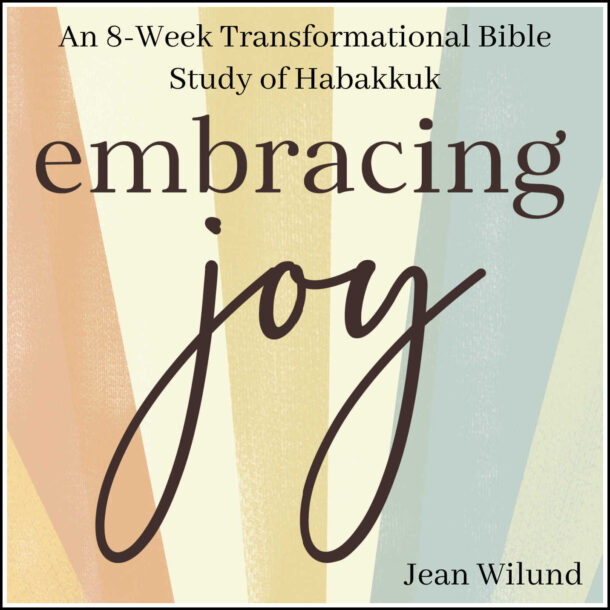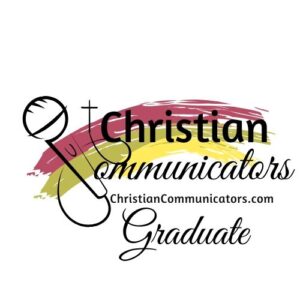
(4 minute read time)
What Is a Concordance?
“A concordance is a valuable tool for understanding how the Bible’s authors used an original word or discussed a topic.
“Concordances list every English word in the Bible (except helper words) along with the original Hebrew or Greek word and its corresponding “Strong’s number.” (In 1890, James Strong created a number system to link the original Hebrew or Greek root word to each word in the Bible. Each number begins with either an H or a G, depending on if the word is Hebrew or Greek.)
“The printed version of the Strong’s Exhaustive Concordance has 1,968 pages and weighs over five pounds. Fortunately, it’s available free online.
“Concordances also list the number of times each word appears in the Bible and each verse in which it appears. When using a concordance, choose an edition that’s the same translation as your Bible.”
(Excerpt taken from Ease into the Bible, page 125.)
Why We Want Concordances
The Bible we’re reading is a translation of the original Hebrew, Greek, and Aramaic. Translators do their best to pick the words in their language that most convey the author’s original intent, but often the word they chose isn’t able to convey the original word’s true meaning.
Consider the word “love.” In English, this one word is tasked to convey the love between parents and their children, between a husband and wife, and between friends as well as our love for coffee or the beach. These loves are very different types of love, but we use the same word whether we’re standing at the altar with our beloved or standing in line for a cup of coffee. “I love …”
Unlike English, the New Testament uses four different Greek words to describe these types of love: agape (unconditional love such as God’s love), storge (the type of love between family members), philia (brotherly love and affection), and eros (the type of love shared between a husband and wife).
The ancient languages of the Bible used carefully chosen words to convey important nuances—nuances that the English (or any other language) may miss. Praise God for concordances. They help us discover those nuances and God’s original intent for each word.
RECOMMENDED ONLINE BIBLE CONCORDANCES
Since Strong’s is the most used concordance, it’s the one I’m recommending to you. I use it often through two websites, BlueLetterBible.org and Biblehub.com my favorite online resources.
1. BlueLetterBible.org Strong’s Concordance

To explain how I got here, follow these steps:
- Open BlueLetterBible.org and enter the passage you want to study, such as Mark 1:1. (Click here to go to Mark 1:1.)

- One you’re there, you’ll see the button for “TOOLS.” Click on it next to Mark 1:1. It will take you here. (The same place as the previous image above.)
- Once you’re in the TOOLS section, you’ll see the column for “Strongs.” Click on the Strong’s number for the word you want to find the original meaning. For example, let’s click on the Strong’s number for “Jesus,” which is G2424.

- As you’ll see when you go to the actual page, BlueLetterBible gives us the original Greek word, its pronunciation, definition, and many other helpful information. Scroll through the whole page and don’t be afraid to click around and discover more about the original word.
2. Biblehub.com Concordances
Biblehub offers a similar service as BlueLetterBible—both Hebrew and Greek concordances.
To understanding how to use Biblehub’s online resource, let’s look up the word “Jesus” in Mark 1:1.
This what the page looks like:

- Once you’re on this page, click on the small “Greek” tab under the Mark 1:1 heading to go to the concordance page.

- Once you’re on the Greek concordance page, scroll until you find “Jesus,” and then click on the link for Strong’s 2424. This will take you to the specific Greek concordance page for the word “Jesus.”

- From this page, you’ll see five options (Summary, NASEC, Thayer’s, Strong’s, Englishman’s) listed in brown just under the wide blue banner near the top of the page. These five options will take you to the Summary of the word in the Strong’s Lexicon, the NASEC (NAS Exhaustive Concordance), Thayer’s concordance, Strong’s Concordance, and Englishman’s Concordance.
So many options. Happy studying!






